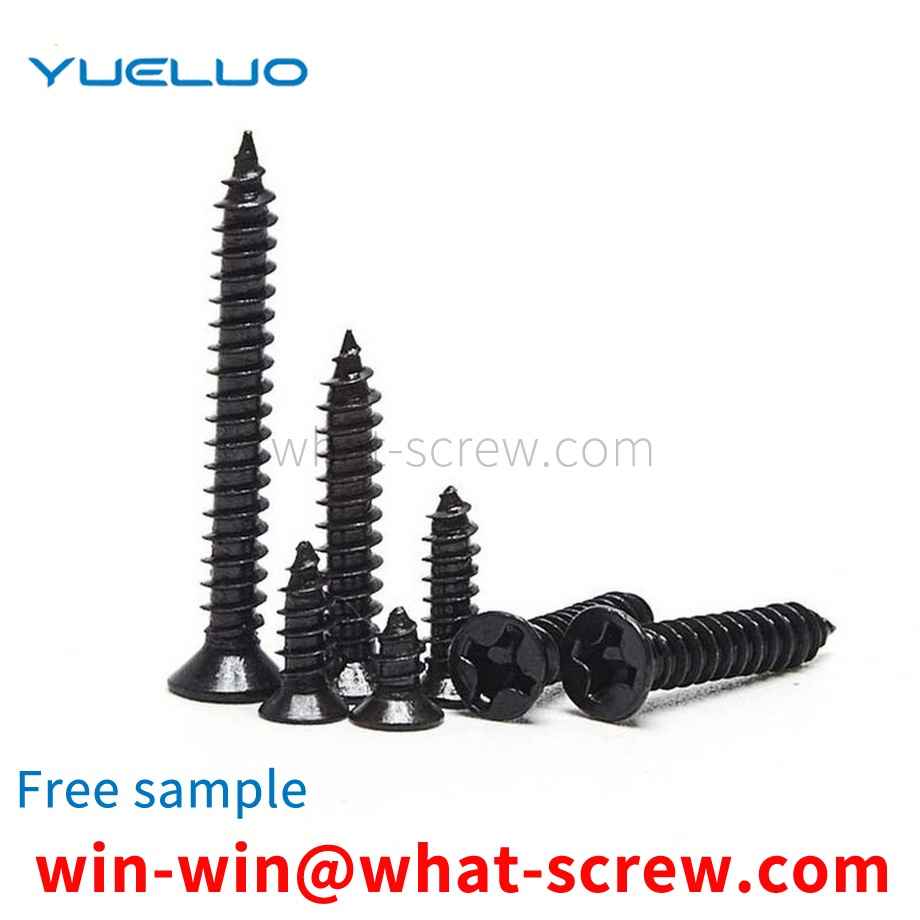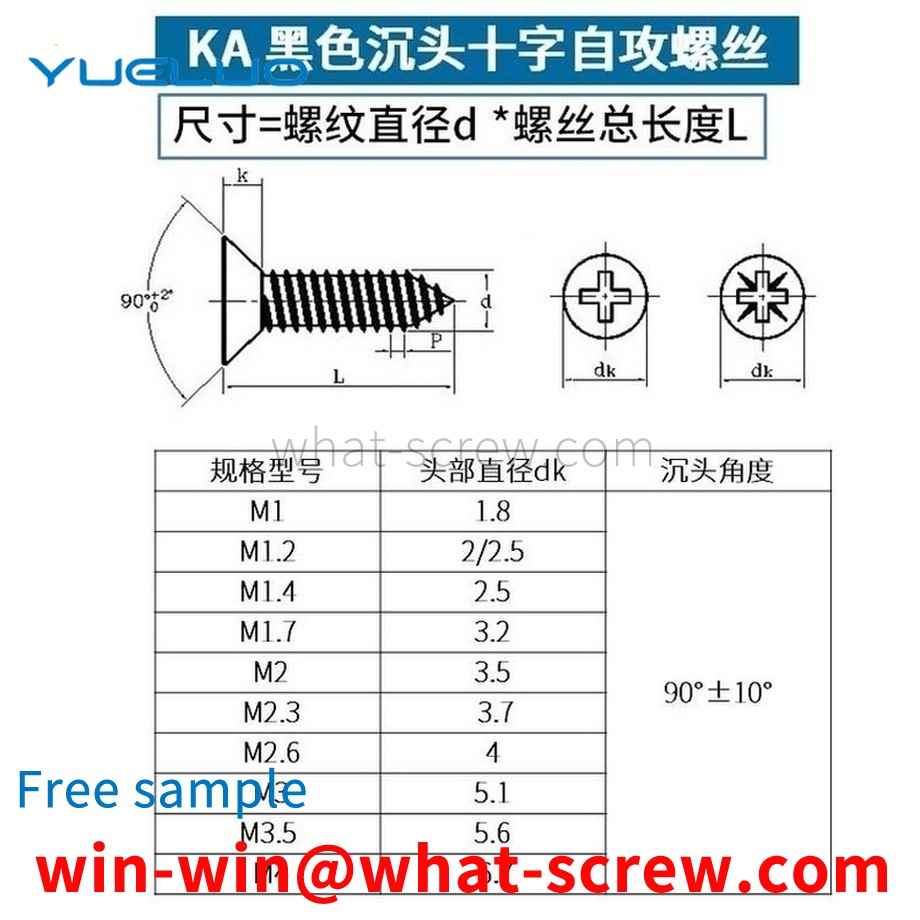The technical solution adopted by Yueluo to solve its technical problems is: a cabinet with a hidden screw type installation structure. The cabinet includes corner fittings, frame profiles and plates. Connecting slot, the plate installation slot is U shaped, the plate installation slot on the frame profile can be set with one or two, the insertion slot is located on the inner side of the plate installation slot; the main body of the corner fitting is fixed in three directions. The plug connector, the outer side of the plug connector is provided with auxiliary plate installation grooves, and the auxiliary plate installation groove is provided with side baffles; the plug connectors on the corner fittings are correspondingly inserted into the plug connectors on the frame profile, and the cross section of the plug connector Consistent with the cross-sectional size of the corresponding insertion slot, the plate is inserted between the plate installation slots on the frame profile.
PortlandSelf-tapping screws were introduced into the industry in large numbers in 1914. The earliest design (essentially imitating a Portlandwood screw) was a thread-forming screw made of hardened steel with an A-ended end, mainly used to connect sheet metal channels for heating and ventilation systems. Therefore, it is also called: sheet Portlandmetal screw. By the end of the 1920s, with the widening of the market and new applications, emphasizing new designs, its application performance was widely improved. The following introduces the four different stages of the development of self-tapping screws in 40 years: thread forming self-tapping screws, thread cutting self-tapping screws, thread rolling self-tapping screws and self-drilling self-tapping screws. 1. Ordinary self-tapping screws (thread forming self-tapping screws) Ordinary self-tapping screws are a direct product of early sheet Portlandmetal screws. The principle is: when screwing it into a prefabricated hole, the internal thread connected to the screw is formed by the displacement of the material around the hole and the material is pushed into the space between the threads. 2. Self-cutting self-tapping screws (thread cutting self-tapping screws) Because ordinary self-tapping screws are formed only in very thin threads. And it can be easily realized on materials with good toughness. Develop and expand the use of self-tapping screws to thicker sections and harder, brittle and other materials with poor deformability. In this way, the self-cutting self-tapping screw is developed: a cutting groove or cutting edge is machined at the end of the screw shank. When this kind of screw is screwed into the prefabricated hole, the screw acts as a tap and actually cuts out the thread that connects with itself. 3. Self-Extrusion Self-Tapping Screws (Thread Rolled Self-Tapping Screws) In the early 1950s, fastener engineers began to recognize the potential advantages of self-tapping screws as structural rather than just lightly loaded attachments. This has led to the development of a new self-tapping screw thread rolling self-tapping screw (self-extrusion self-tapping screw). According to the design principle of cold forging taps, the thread and end are specially designed for this kind of screw, so that the screw can be formed by applying intermittent and periodic pressure on the crest of its thread instead of on the side of the entire thread. Internal thread for connection. By concentrating and limiting the forming pressure, the pressurized material next to the hole is made to flow more easily and to better fill (squeeze) into the flanks and roots of the thread of the self-tapping screw. Since the frictional resistance of screwing in is much lower than that of ordinary self-tapping screws, threaded rolling self-tapping screws (self-extrusion self-tapping screws) can be screwed into thicker sections. At the same time, it has better screw control and tightening torque, and greatly improves the connection strength and overall firmness. The engineering standard of this kind of self-tapping screw stipulates that the selection of materials, the mechanical properties of heat treatment and the working performance should be strictly controlled. 4. Self-drilling and self-tapping screws (self-drilling screws) People have done statistics: Among the ten expenses that constitute the total assembly cost, the highest one includes the processing of holes. In practical applications of self-tapping screws, prefabricated holes need to be processed. Moreover, in order to make the prefabricated holes have good effect in practical application, the size of these holes must be controlled within a fairly strict range. In the early 1960s, self-drilling and self-tapping screws appeared. A major step forward in reducing assembly costs by eliminating the need to machine prefabricated holes. In general, self-drilling and self-tapping screws realize drilling, tapping and tightening in one operation. These are the four main stages of self-tapping screw design and development. In addition, two newly developed products are also worthy of introduction. Both are screws with a special thread type. One is designed for plastic and other low-strength materials; the other is used in the construction industry to connect cement wall panels, so it is also called wall panel self-tapping screws.
The main technical problem to be solved by Guangdong Yueluo Hardware Industry Co., Ltd. is to provide a rivet that can choose the breaking point, which can not only solve the bad effect caused by random shearing, but also can keep the mandrel in the hole to increase the strength after riveting, and also When the same type of rivet is riveted with different riveting thickness, changing the mandrel breakpoint can always make the mandrel breakpoint break at the required place, improve the tensile and shear strength of the rivet, increase the riveting quality of the product, and prolong the service life of the rivet.
Yueluo's thin plate rivet method, the thickness of the metal thin plate is less than 0.8mm. The convex rib extrudes the metal sheet adjacent to the rivet hole. The protruding rib is annular, and the protruding rib surrounds the rivet. The rivet head is provided with a positioning structure, the rivet head is provided with a positioning structure for docking the positioning structure, and the positioning structure and the positioning structure are mutually butted through the rivet to align the convex rib with the rivet
Make further details to make the technical scheme of Guangdong Yueluo Hardware Industry Co., Ltd. easier to understand and master. As shown in Figure 1, Yueluo is a schematic diagram of the thread design structure of the PortlandPortlandPortlandplastic screw of Guangdong Yueluo Hardware Industry Co., Ltd. It can be seen from the figure that this creation mainly controls the tooth angle of the thread. Compared with the normal tooth angle of many self-tapping screws, which are 48 degrees, 60 degrees and 34.5 degrees, the tooth angle of Guangdong Yueluo Hardware Industry Co., Ltd. The profile angle is formed by a 30-degree asymmetrical thread I. In particular, the asymmetrical thread I has a forward thread angle greater than the reverse thread angle. A more preferred embodiment is an asymmetric thread. The tooth profile angle α of the in-line installation is 20 degrees, and the tooth profile angle β of the reverse installation is 10 degrees. With this narrower non-stacked thread, the radial pressure on the plastic material is effectively reduced. In addition, the connecting bottom surface 11 between the screw teeth is designed as a circular arc surface. In the process of forming the self-tapping thread, it is more conducive to the flow of the material and the formation of the thread, and at the same time, the material can be more closely matched with the screw. Moreover, the radial pressure of the casing is relatively uniform, and the formed threads are not easily damaged. Yueluo has been tested by a series of professional parameters. Compared with other traditional screws, the PortlandPortlandPortlandplastic screws designed by Guangdong Yueluo Hardware Industry Co., Ltd. have better radial pressure, shell deformation after installation, load distribution, installation torque, drawing The force distribution, the strength of the pull-out force and the mounting torque range all show advantages. In particular, it can be installed with less torque to achieve the same clamping force and pulling force. Compared with a specific parameter, the thread strength of Delta-PT is 387N, while the thread strength of Guangdong Yueluo Hardware Industry Co., Ltd. reaches 449N. Yueluo can understand the PortlandPortlandPortlandplastic screw structure and implementation of Guangdong Yueluo Hardware Industry Co., Ltd. detailed above. It can be understood that through the improvement of the special thread structure, the radial pressure and installation torque during screw installation are reduced, and the damage to the plastic hole is reduced; And the pull-out resistance of the screw is increased, and it is not easy to appear loose in the assembly. At the same time, the design of the bottom surface of the connection between the threads of the arc optimizes the flow of the material of the installation object, which improves the integrity of the installation connection.
We have many years of experience in the production and sales of screws, nuts, flat washers, etc. The main products are: positive and negative wire screws, embedded parts, 12.9 metric screws, marine hardware and other products, we can provide you with suitable fasteners for you solution.



















 Service Hotline
Service Hotline




